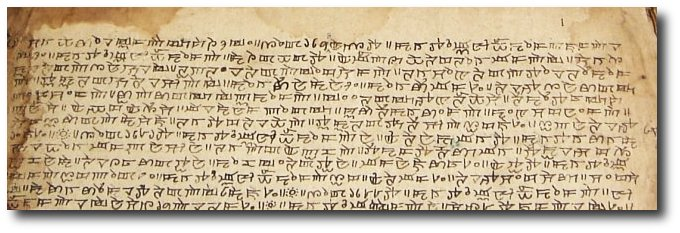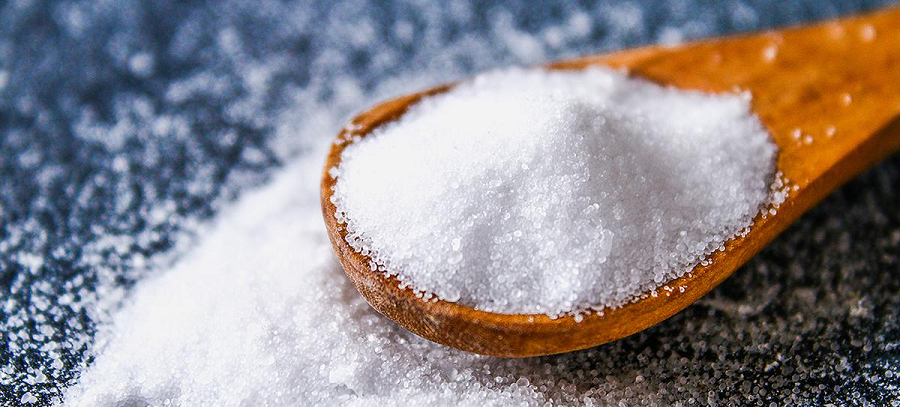Meetei on the masthead as Bengali script bows out of Manipuri titles (GS Paper 1, Culture)

Why in news?
- From January 15, 2023, all seven vernacular morning newspapers, nine evening papers and four periodicals in Manipur State will have to use only the Meetei Mayek or Manipuri script, replacing the Bengali script in use since the early 18th century.
Background:
- The All-Manipur Working Journalists Union and the Editors Guild, Manipur came to an understanding with the script activists of the Meetei Erol Eyek Loinasilol Apunba Lup (MEELAL) a year ago, agreeing to replace the Bengali script in their newspapers from January 15, 2023.
- The previous deadline was February 2022.
Meetei Mayek script:
- The history of the Meetei Mayek script dates back to at least the sixth century, and it had been in use till the 18th century.
- In 1709, a Hindu missionary named Shantidas Gosai came to Kangleipak, the ancient name for the independent kingdom of Manipur, to spread Vaishnavism.
- He mesmerised the kings and the high officials of the palace, and on royal orders, all religious and other precious books in Meitei Mayek were incinerated, and new ones written in the Bengali script.
- The Manipuri language was included in the Eighth Schedule of the Constitution in 1992, but in Bengali script.
Towards phase-out:
- However, Meetei Mayek has seen a revival in the 21st century, with an initial shift to the Manipuri script in educational institutions and an amendment to the Manipur Official Language Act last year to mandate the phasing out of Bengali script in over the 10 years.
- However, the stumbling block to a complete switch-over has been the vernacular newspapers.
A large study shows immense benefits of reducing salt intake
(GS Paper 3, Science and Tech)
Why in news?
- A recent study showed a higher incidence of heart attacks, heart failure and strokes with higher frequency of adding salt to one’s food. This did not include the salt used for cooking.
DASH diet:
- After adjusting for all other risk factors, it was found that adding less salt with food was associated with fewer heart attacks and strokes. This was found to be true even in participants who were following the DASH diet (Dietary Approaches to Stop Hypertension).
- DASH is the best recommended diet to prevent cardiovascular events.
- DASH diet involves eating fruits, vegetables, lean meat, poultry, nuts, whole grains, and reducing the intake of saturated fats, cholesterol, and sugar.

Recommendation by WHO:
- The WHO recommends only 5gm of salt per day. The recent study points to the immense benefit of avoiding salt on the table.
Case in India:
- A study conducted by Sapiens heath foundation amongst school and college students in Chennai showed a 10% prevalence of hypertension.
- Intake of salt may be worse in Indians since pickles are often introduced early in life. We cannot forget the hidden salt in preserved and packaged foods. The consumer is not given a choice to choose food items based on salt content.
High sodium content:
- Another confusion is that the majority of labels show sodium content. The ordinary consumer is not aware that 1 gm of sodium is 2.5 gm of salt. It is high time that a product is available in two forms; normal and low salt content like the fat content in milk.
- Salt substitutes are good since majority of them contain upto 25% potassium chloride.
- A 2001 study found salt substitutes reduced the incidence of stroke and heart attack by almost 10%, and deaths too.



